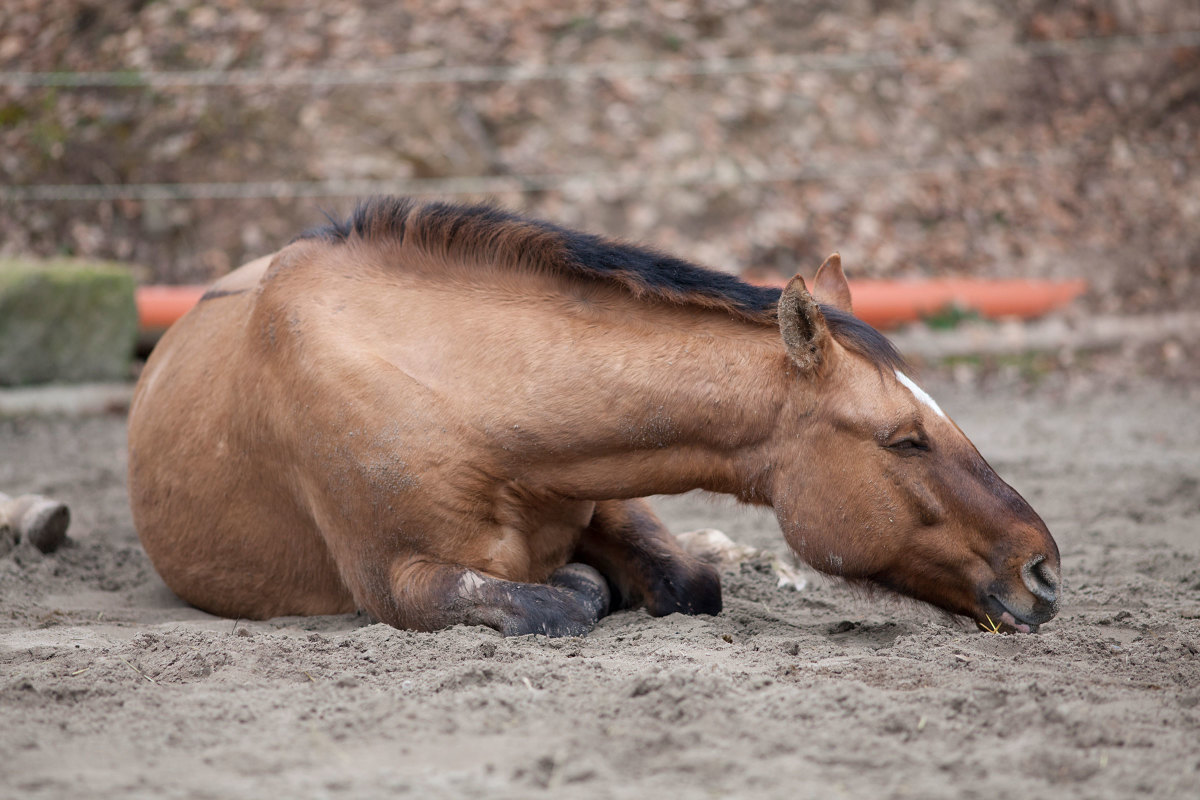
Deworming protocols have been under a spotlight as an important focus of equine preventive care in recent years. Infection of horses with internal parasites has been linked to weight loss or failure to gain weight, diarrhea, unthrifiness and colic, as a few examples. While there appears to be a direct link with emergence of encysted small strongyles from the intestinal mucosa with an enteric syndrome (larval cyathostominosis) of diarrhea and weight loss, the direct link to concurrent colic had not been established.
A recent study evaluated horses for small strongyle infections and looked to see if there is any correlation of parasite infestation with colic events [Stancampiono, L.; Usai, F.; Marigo, A;, and Rinnovati, R. Are small stronglyes (Cyathostominae) involved in horse colic occurrence? Veterinary Parasitology 247 (2017) 33-36]. The authors noted that previous studies have identified a positive correlation with the use of anthelmintics and the occurrence of colic, which contradicts “common sense” reasoning that it is important to eradicate these internal parasites.
Of the 86 horses in the study, nearly 40% were infected with small strongyles, averaging about 150 eggs per gram (epg). Yet, the researchers found “a negative relationship between cyathostomin intensity of infection and the severity of colic syndrome.” To explain their results they noted “a paucity of small strongyles in horses undergoing surgery and a lower risk of surgical colic in horses hosting cyathostomins.” The authors offered two possible theories:
- The presence of adult small strongyles in the intestinal lumen could have a protective effect against the pathogenic action elicited by small strongyle larval development within and emergence from the intestinal mucosa.
- Management practices, such as pasture turnout, intended to reduce colic risk, in fact tend to increase a horse’s exposure to infective strongyle larvae.
A study (Salem et al, 2016) “observed that horses that had received anthelmintic treatment in the previous six-month period were more likely to have a 12-month history of colic.” In other literature reports, Kaplan and Nielsen have maintained that the presence of a small number of small strongyles is important to stimulate native immunity to protect against significant worm infestation.
The Italian authors of the study concluded: “Small strongyle infections are not probably a risk factor for colic, and this group of parasites could be linked with or could be a protective factor for colic.”








